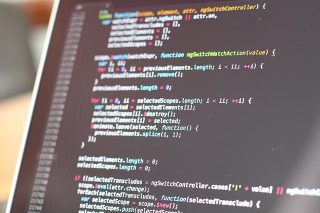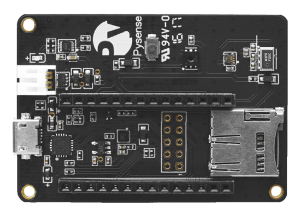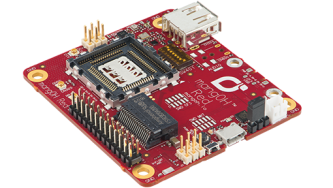I wanted to configure STM32CubeIDE so that it replaces tab character by spaces, when editing source code. Easy, once one knows where to look:
- select Window > Preferences
- select C/C++ > Code Style > Formatter
- create a new profile, based on the profile you prefer
- in the Indentation tab, select Spaces only for Tab policy



